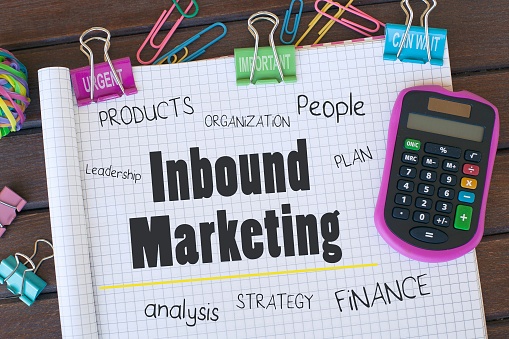 Few people have ever been excited by a pop-up ad appearing in front of an online article. There is no thrill from a favorite program being interrupted by a commercial. Few moments seem to drag longer than the five-second countdown on YouTube’s “Skip Ad” button.
Few people have ever been excited by a pop-up ad appearing in front of an online article. There is no thrill from a favorite program being interrupted by a commercial. Few moments seem to drag longer than the five-second countdown on YouTube’s “Skip Ad” button.
These interruptive methods of advertising are what's known as “outbound” marketing, and it’s hard to remember a time when these strategies were particularly well-liked. In spite of their intrusive nature, these strategies have remained a standard of marketing and advertising for decades.
However, with new developments in media technology, this is finally beginning to change. Enter “inbound” marketing: a more educational marketing strategy that seeks to help the audience rather than simply hook them.
Let the customer come to you
Inbound marketing stems from a philosophy that building a beneficial relationship with a potential customer on their terms is far more effective than anything else, especially in our modern age. Prior to the advent of the Internet, smartphones, and other similar technologies, there was a significant imbalance in the relationship between buyer and seller. Buyers had no other source of information other than a salesperson when planning a purchase, which meant some salespeople could get away with using misdirection, misinformation, and even straight-up deceit when trying to make a seller. Caveat emptor - “buyer beware” - was the law of the land.
Now, most customers walk around with Google in their pocket, meaning they have just as much access to information as the salesperson. Any attempts to swindle will fall flat on any remotely tech-savvy purchaser. They also have Facebook, Twitter, and other social media, meaning that if the salesperson still tries to use unscrupulous sales practices, the entire online world could know about it within a day.
These customers are also increasingly moving on from traditional media outlets which use traditional outbound advertising. DVR technology made sitting through commercials while watching television a thing of the past - if they’re even watching television at all. On demand streaming services like Netflix and Spotify are quickly ousting television and radio from their thrones. An increasing amount of media consumers are going through their day without seeing a single advertisement.
The 4 steps of the inbound methodology
With the increased control of communication granted to consumers, it’s easy to see why inbound marketing can be a superior alternative to the outdated outbound approach. Consumers aren’t interested in being told what to think anymore; they’d rather research products on their own terms. Flash and spectacle are no longer effective sales tactics; information and education are now the best way to a customer’s heart.
An inbound marketing strategy has four steps: Attract, Convert, Close, and Delight. The first seems obvious from a marketing standpoint, but it differs from the traditional approach in that it doesn’t employ a shotgun approach; that is to say, it’s not a numbers game. The point is to have valuable information made easily available to those who seek it, not to bombard the public and hope someone happens to latch on. Once your potential customer has come to see you as a trustworthy source, you can then provide methods of persuasion to Convert and Close the sale - but only through honest, informational means.
The last step, Delight, serves as a reminder that a buyer-seller relationship does not end at the sale. Continuing to make your customer feel valued through surveys, offers, etc. is the best way to turn a customer into a promoter, as few methods of promotion can beat a vocally satisfied customer. Delighting your customers makes the difference between a one-time purchase and a long-standing business relationship.
Market for your prospect, not for yourself
Another essential consideration when developing an inbound marketing strategy is the Buyer Persona and the Buyer’s Journey. A Buyer Persona is a hypothetical customer that allows you to base your marketing efforts around something like an actual customer. While most marketing strategies involve this in some way, inbound marketers focus less on demographics like age, marital status, etc. Instead, they consider psychographic data like what motivates them, what they think, and how they react to certain things. This strategy allows your marketing efforts to seem more natural, appealing to personality and thoughts rather than arbitrary groupings of individuals.
This allows inbound marketers to understand the process of the Buyer’s Journey far more effectively. The Buyer’s Journey consists of Awareness, Consideration, and Decision. All three steps are best catered to by inbound marketing strategies, as the more personalized, helpful approach will put customers in control of their own purchase, from when they recognize the problem, research their options, and ultimately make a decision.
While outbound marketing still has its uses, it's becoming clear than inbound marketing has some significant advantages. In a world where customers are more informed than ever, there's nothing more valuable than being informative.
Since 2002, Half a Bubble Out has been dedicated to providing marketing, advertising and small business consulting that meet the needs of our clients. We specialize in powerfully telling stories through Inbound Marketing to grow your business filled with more passion and provision. Based in Chico California, we serve clients throughout Northern California and across the country to New York.




